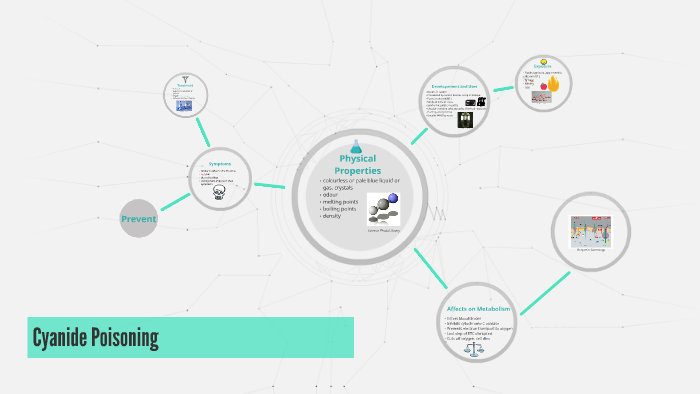
While the drug shows significant promise, it still has several steps to complete before it can be marketed for use, including clearing FDA regulations and being proven safe and effective for widespread use. The goal is to keep the drug easy to both store and administer, similar to the way an EpiPen is easy to keep on hand and use immediately in case of a life-threatening allergic reaction. With help from experts at the U’s Office for Technology Commercialization, the researchers are now working with industry partners to develop a device for administering the antidote. For industry partners, these steps go a long way toward lowering the risk-and raising the appeal-of bringing the antidote to market, Vince said. They also extended its shelf life to at least three years, ensuring the drug can be stored and kept on hand for when disaster strikes.ĭuring development, the extensive expertise and capabilities within the Center for Drug Design enabled the team to create, test, and evaluate new formulations. They whittled down the dose size to less than 3 milliliters of liquid-a small enough dose to be injected into the thigh. “We had done some work initially on the antidote and it turned out that it worked pretty well,” he said.įrom there, the researchers focused on making the antidote practical for field use. Nagasawa said early tests encouraged them to keep working. He encouraged Patterson to take the lead on the project, but stayed closely involved throughout development, along with Vince. Nagasawa, who originally conceived of the idea for the antidote, had recently retired when the time came to pursue it. Vince, Patterson, and Nagasawa have been developing the cyanide antidote for about 10 years now, supported during that time by federal CounterACT funding and CDD funds. While people can encounter hazardous levels of cyanide while working in gold mines, laboratories, and other industrial settings, where cyanide levels can accumulate over time to cause long-term health problems, large disasters, such as chemical attacks and building fires, are where a fast-acting antidote is most important. Cyanide kills cells in the body by preventing them from using oxygen, which can cause convulsions, loss of consciousness, and death, according to the Centers for Disease Control and Prevention. It’s important to treat cyanide poisoning as soon as possible because the toxin itself acts quickly. If we provide the body with that intermediate compound from the pathway while cyanide is present, it will convert it to a less toxic substance extremely rapidly.” “One of the steps in that pathway is capable of converting cyanide to a substance that’s far less toxic. “What we’re doing is exploiting a natural pathway-it’s kind of a housekeeping enzyme that’s there to take care of any excess of an amino acid called cysteine,” he said. Patterson said the antidote is different from its predecessors in that it takes advantage of a different process in the body-one that normally serves to break down a common amino acid found in many foods. In September, they received a patent for the newest formulation of the drug. and Adjunct Professor Herbert Nagasawa, Ph.D. The antidote has been developed and refined over the last 10 years by three researchers from the U’s Center for Drug Design (CDD): Director Robert Vince, Ph.D. Sulfanegen is injectable, easier to administer than an IV, and takes effect in less than three minutes. The drug, called Sulfanegen, quickly converts cyanide in the body into a less toxic compound. Researchers at the University of Minnesota are developing a new antidote that could give first responders a crucial edge in saving those exposed to cyanide poisoning. During an emergency, that limits how many other people can be treated before it’s too late. Unfortunately, cyanide antidotes on the market today require at least 15 minutes of an IV drip. Fast treatment can mean the difference between life and death.

Partnerships for Corporations & IndustryĬhemical attacks, building fires, industrial accidents-in situations like these, where cyanide poisoning is a serious threat to a large number of people, every second counts.


About the International Institute for Biosensing.Research Infrastructure Investment Program.Hosting International Visitors, Scholars & Researchers.Conflicts of Commitment/Interest & Foreign Talent Recruitment Programs.Disclosing Foreign Support to Federal Science Agencies.International Research Support & Guidance.BSL-3/ABSL-3 Research Laboratory Suites.The Office of Research Information Systems.

Louis Stokes North Star STEM Alliance/MnDRIVE Partnership.Research Integrity & Safety Collaborative (RISC).Council of Research Associate Deans (CRAD).Office of the Vice President for Research.


 0 kommentar(er)
0 kommentar(er)
